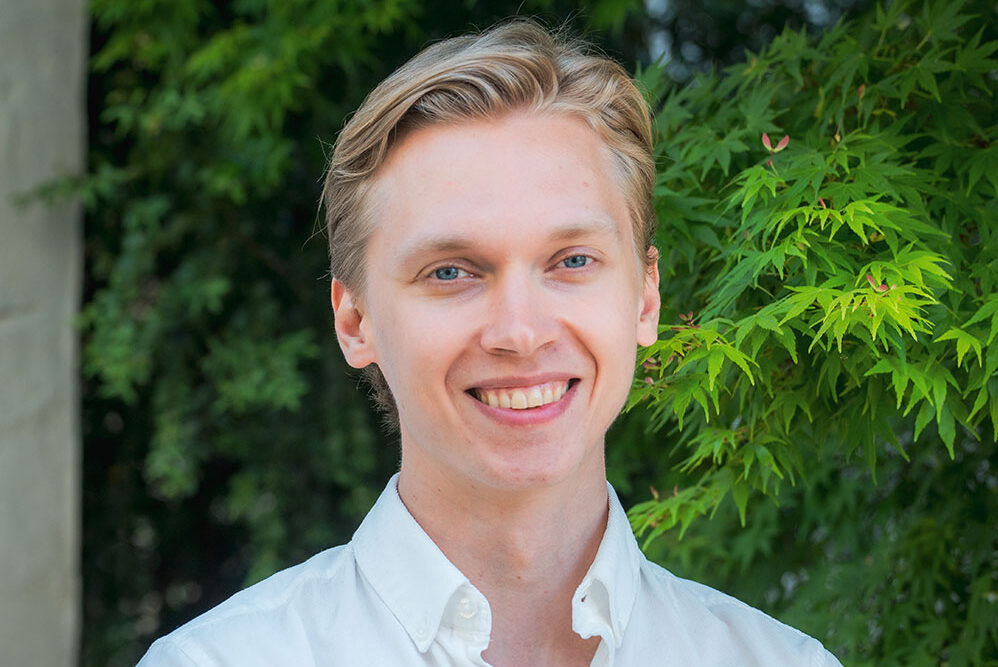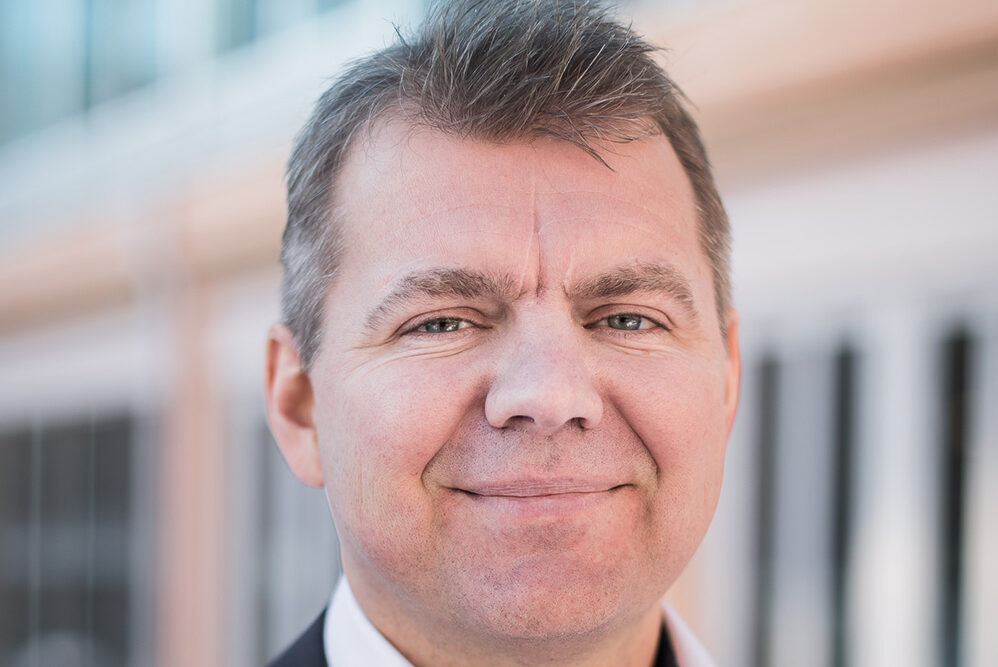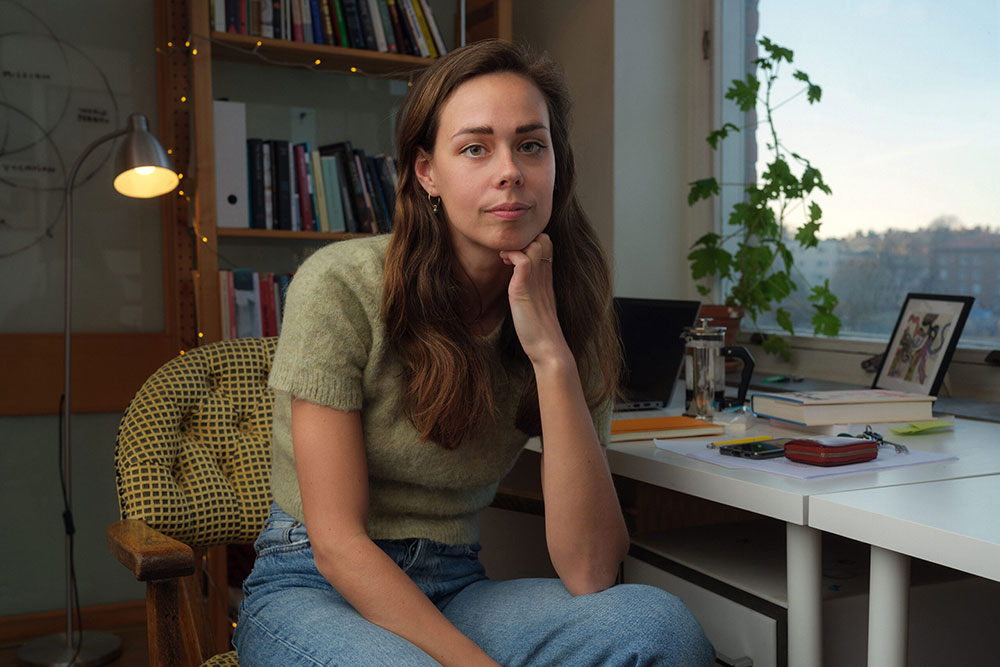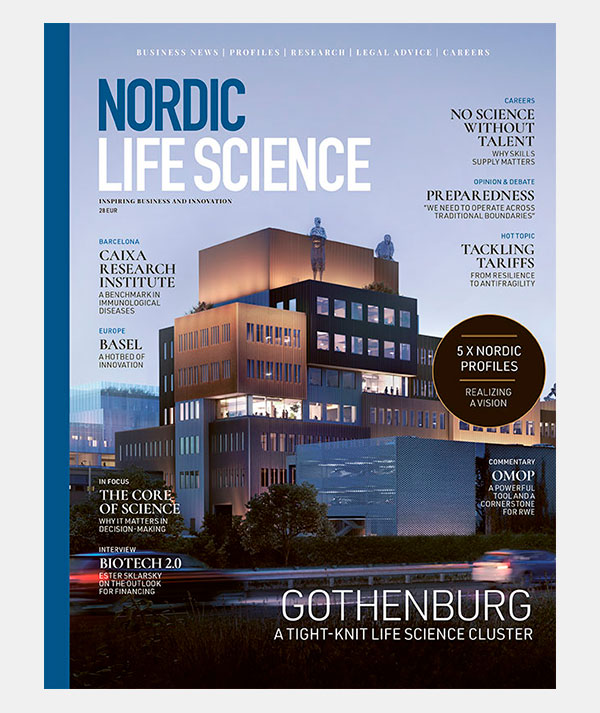He is the winner of the Gregori Aminoff Prize
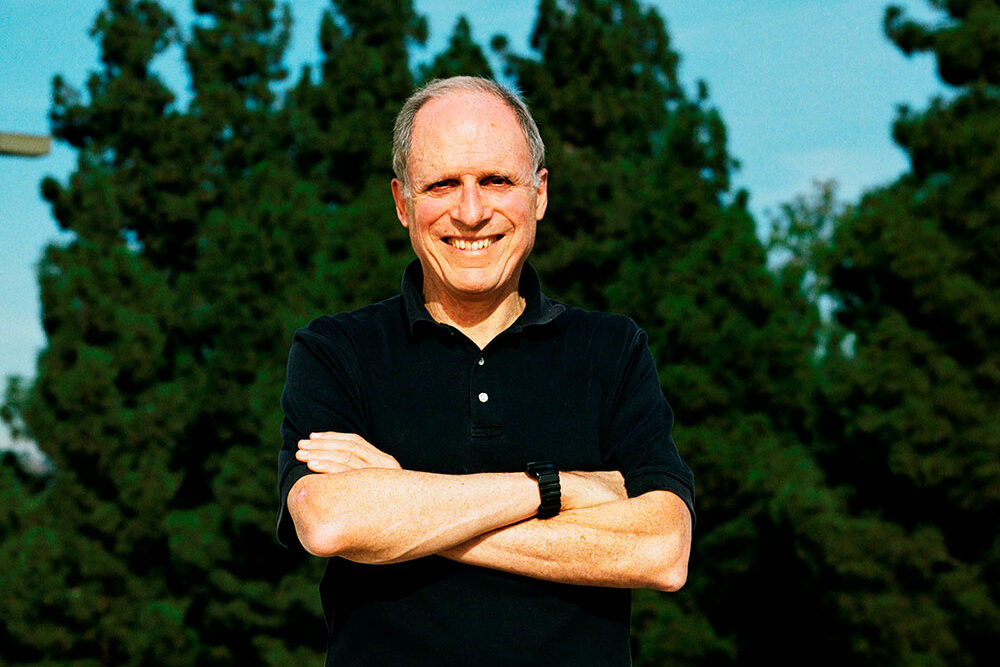
Professor David Eisenberg, University of California in Los Angeles, USA, has been awarded the Gregori Aminoff Prize in Crystallography by the Royal Swedish Academy of Sciences.
David Eisenberg receives the prize “for his discoveries of amyloid fibril structures of relevance for the field of amyloid structural biology and neurodegenerative diseases”.
Eisenberg has pioneered the study of amyloid proteins’ molecular structure, providing new knowledge about neurodegenerative diseases such as Parkinson’s. This may benefit the development of new pharmaceuticals, describes the Royal Swedish Academy of Sciences.
David Eisenberg
David Eisenberg is Professor of Chemistry and Biochemistry and Biological Chemistry at UCLA (University of California Los Angeles) and a Howard Hughes Medical Institute Investigator. He received his DPhil in theoretical chemistry from the University of Oxford in 1965 and then worked at Princeton and Caltech before moving to UCLA in the early 1970s.
David Eisenberg is a pioneering researcher in the field of protein structural biology. His early work concerned folded proteins and a phenomenon called domain swapping. However, in recent decades, he has led the determination of high-resolution structural models of amyloid fibrils. His research has a strong emphasis on method development, and methodology in structural biology is evolving over time.
“David Eisenberg has worked incredibly hard and has pushed the frontiers of this challenging field. One groundbreaking achievement was the formation of micrometre-sized crystals of short peptides in fibril form, then believed to be impossible, and the determination of their structures using X-ray crystallography,” says Sara Snogerup Linse, member of the Royal Swedish Academy of Sciences.
About the Gregori Aminoff Prize
Every year, the Gregori Aminoff Prize in crystallography is awarded by the Royal Swedish Academy of Sciences. The Prize recognizes a documented individual contribution to the field of crystallography and has been awarded to Swedish and foreign researchers since 1979. The prize money is 150,000 Swedish kronor. Crystallography is the study of atomic structures in solid materials and is used in chemistry, biology, medicine, geology and materials science.
Updated: September 24, 2025, 12:32 pm
Published: September 23, 2025

